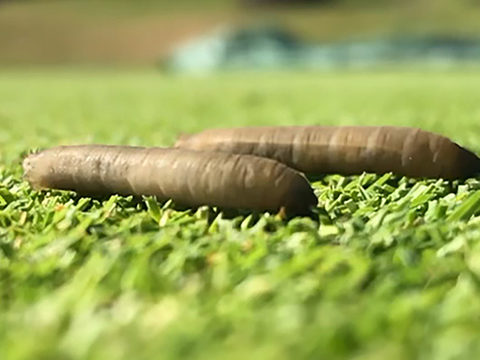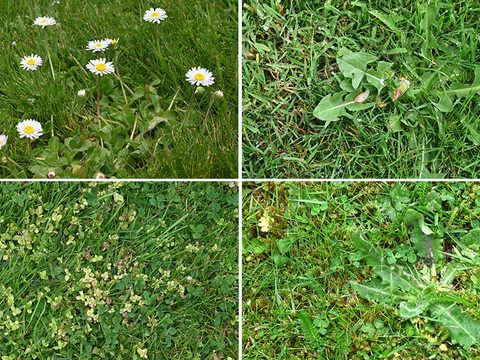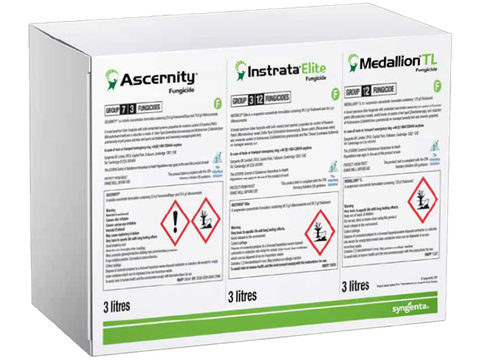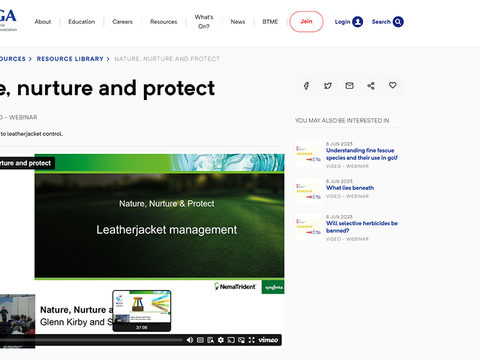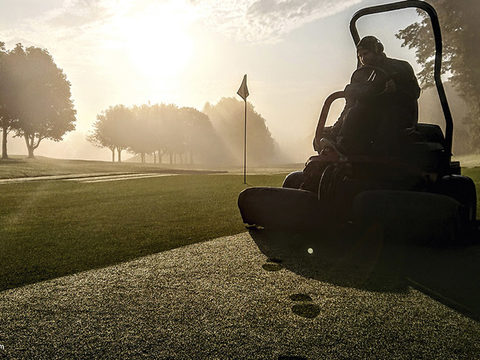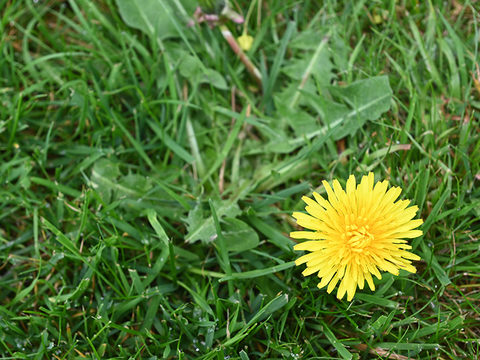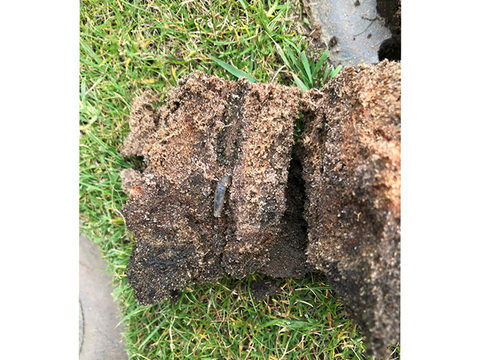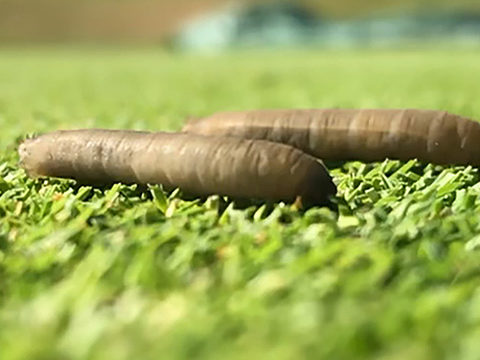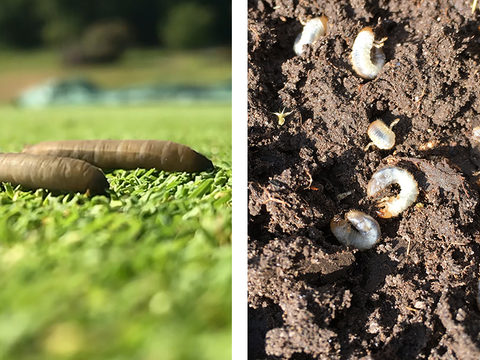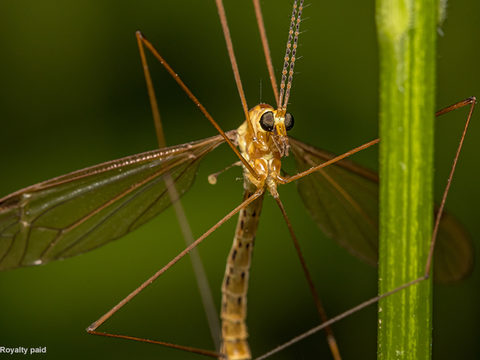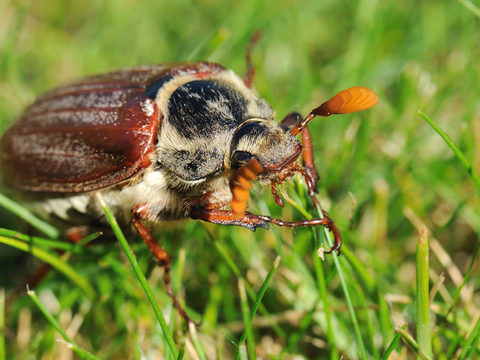GreenCast in UK and Ireland - Fescue green restoration
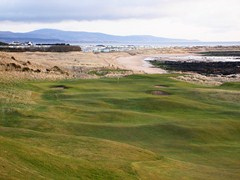
The raised plateau greens of the Championship course at Royal Dornoch Golf Club in Sutherland are described as the soul of the course. Designed by architect Old Tom Morris in 1866, when extending the course, their uniqueness lies in their size and their inverted saucer shapes.
But whilst the location and design has remained an outstanding feature that attracts leading golfers from across the world, over the years the consistency of the Fescue/Bent playing surfaces has been compromised by the incursion of coarse grasses. Hand weeding had coped with sporadic outbreaks, but was a slow, repetitive and unwelcome task for the greenkeeping team.

Last year, Course Manager, Eoin Riddell, took the step of trialling the selective herbicide Rescue, in a bid to resolve the issue of coarse grasses on the eighth green of the course (above). Named the Dunrobin, it is the final hole on the outward ridge of the course alongside the curving bay of the Dornoch Firth, before players turn back along the sandy beach bounded links of the Firth.
Eoin reports the first step was to over seed with his Vredo slot-seeder, making two passes at an angle to each other across the green. The green was sown with the native Fescue that he is aiming to predominate on the greens. The surface was then rolled, and cut with the triple mower (below).


He highlights that this process offered the minimal interruption to play and, following the roll and cut, had very little noticeable effect on the playing surface quality. The green was sprayed with Rescue, on 23rd August, as soon as the over seed was completed.
"Seven days after spraying there was still no visible result, but after 12 days we could just see it starting to take effect. By day 16 days, the coarse grasses were yellowing and clearly dying off, but the existing Fescue in the sward was untouched." At that stage he made another two passes with the seeder, to further bolster the Fescue content of the sward.
Eoin reports they could just see the new seed coming through the affected areas after 20 days. "So by mid-October, two months after treatment, the fine fescue grasses were filling in and looking healthy. Only the worst affected areas were still noticeable." He also noted that the coarse Highland Bent had also been removed, whilst the desirable fine Bent grasses had fully recovered.
Whilst there was a visible effect as the coarse grasses died back from the Rescue treatment, Eoin highlighted that with the existing Fescue and then the new seedlings, at no stage were there any bare patches and the putting surface quality was never adversely affected.
"By the end of the autumn, the work had gone better than expected, and we were looking forward to warmer weather to allow the final weak areas to fill in."

Firstly the green was slot seeded with Fescue, rolled and cut - leaving a good putting surface

The green was immediately sprayed with Rescue

After 14 days the treatment was beginning to take effect, with coarse grasses yellowing off, but Fescue and fine Bent species unaffected

Within 25 days the new Fescue seedlings were growing through and coarse grasses disappearing

After 77 days the result was a huge improvement in visual appearance and playing quality, without the coarse grasses
A further six greens have subsequently been treated this season with the same programme, targeting greens with limited Ryegrass problems but plenty of Fescue to assure quick recovery. On the greens worst affected by Ryegrass, Eoin has stepped up his Fescue over seeding in a bid to increase the proportion in the sward and prepare for Rescue treatment in two or three seasons time.
"We see it as very much an on-going process. But at least we feel that there is the real potential to get back to our intended 80:20 Fescue/Bent grass greens, and maintain the look and playing quality more effectively."

